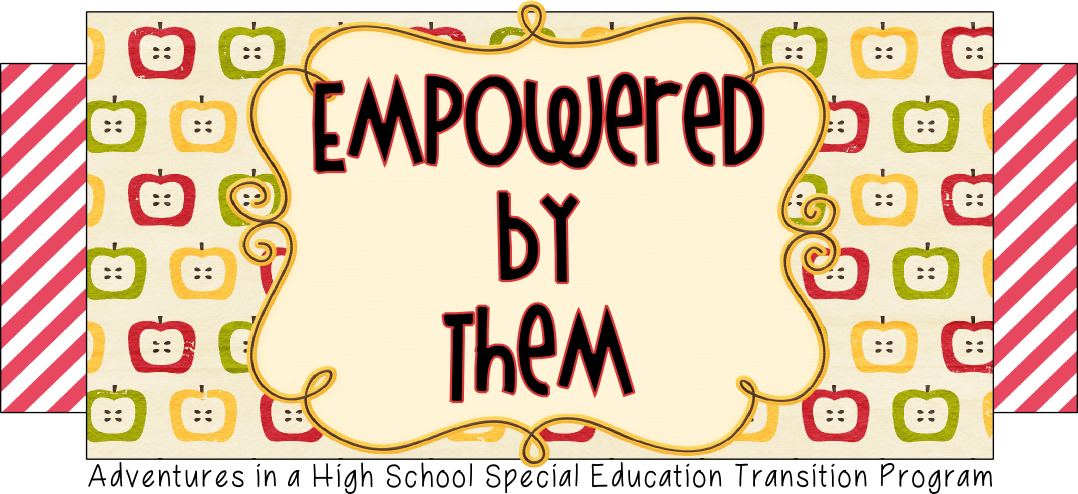To this day I still use many of the strategies he required from me when I took over the class. One of the biggest being that he wanted every lesson I taught to include each of the three learning styles. They all needed to include something the kids saw, something they heard and something they did. I've seen many teachers in my day who teach every lesson as a hands on project. Then there are the teachers who lecture and of course those who pop in a movie, or hand out a worksheet for each and every lesson they teach. Each is great, but really only to the kids who learn best with that technique. By implementing all three styles into a lesson, you will raise the the chances of every student in your room understanding and learning what it is you are trying to teach them.
For example, money is a big one in my room. Every morning orally, we count by 5's, 10's and 25's using the 4 foot visual on the wall. In the computer lab, they are required to work 30 minutes counting money or making change from Attainment's money skills program before they can play online. Weekly there are worksheets about money in their morning folders. And once a week I do a hands on lesson using fake money. They are also encouraged to make small purchases when we go out in the community.
That's kind of a broad one, so let's do another.
Fire safety - We have a video on fire safety. I have multiple pamphlets (free) from FEMA I read to the kids. We do a basic worksheet on fire safety. We practice stop, drop and roll. We might even visit a fire station.
Mailing a Letter - I have a worksheet on mailing a letter. We watch a video on-line of how mail is sent through the US Postal Service. I do an example on the overhead. We address our own envelope and mail our worksheet home to ourselves.
I understand that this probably would not work in a regular ed classroom since there is a push to teach and move on. but for special ed, I really think it is imperative to their learning. Worksheets are easy enough to find, or make. Role play is free and doesn't require any materials at all. Putting together hands on projects can be costly and will take more time, but are worth it when you can. And, you can always find a video on-line that goes with the subject you are teaching. I don't always have the time to do all three when I teach a subject on a particular day, but I make sure I do at least two, and since I re-teach most of my subjects continuously during the year, I make sure I hit each of their learning styles equally.
Thanks for reading, and please feel free to comment!



I really love this post! I think this is how learning is best taught in general education classrooms as well and would fit into the need for differentiation. Certainly it's incredibly important for our special needs students. I love your examples. Thanks for sharing!!
ReplyDeleteChris
Autism Classroom News
Thanks Chris. Would you mind if I added your blog to the links on the right of my page?
ReplyDeleteHow long do your lessons last? I teach most of my student's IEP skills in discrete trial format. When I try to do group lessons, I find I have about a ten minute window before I start to lose their attention (4th graders). I always feel like I'm rushing my lesson to get in different learning styles or losing one student while I focus on the needs of another,
ReplyDeleteMy average lesson lasts 30 minutes. I think it really helps that i only have 11 kids to entertain. I am able to do most of my lessons at our round table which I positively believe helps in keeping them with me. I also like working with packets as when our time is up we continue at the place we left off the next time we meet. This way I don't feel rushed. We can talk, role play, tell relevant stories at our own time. Keeping them involved in the lesson is key. I've never worked with 4th graders so I'm not sure if this would help.
ReplyDeleteTeaching activity requires steadfastness of character and nerves of steel. If the teacher does not have the above characteristics, then he or she will not be able to help the student or student better than such services as https://buypapercheap.net/ that presents the service that offers cheap essay writing cheap essay writing - that simply check homework, do homework instead of students, and can help in learning only by checking written papers and pointing out the errors made.
ReplyDelete